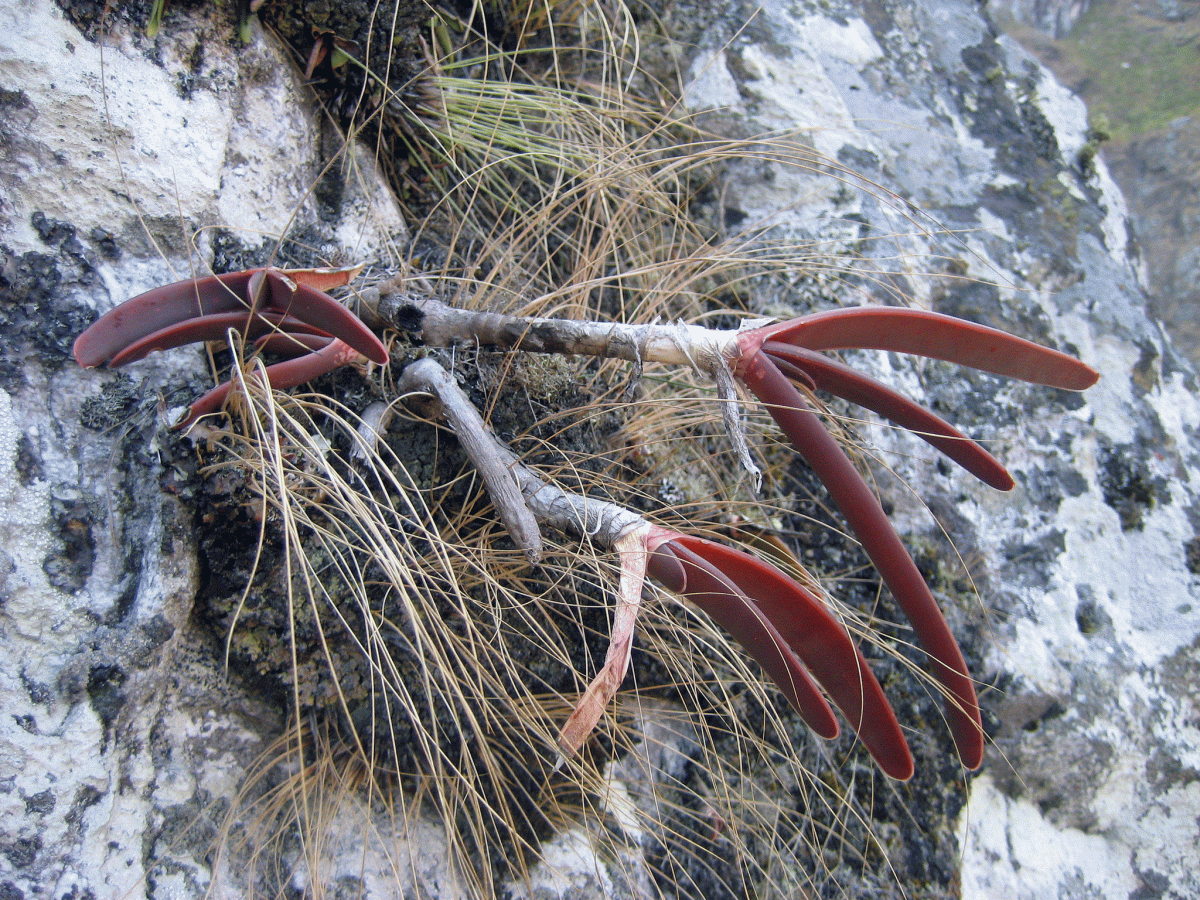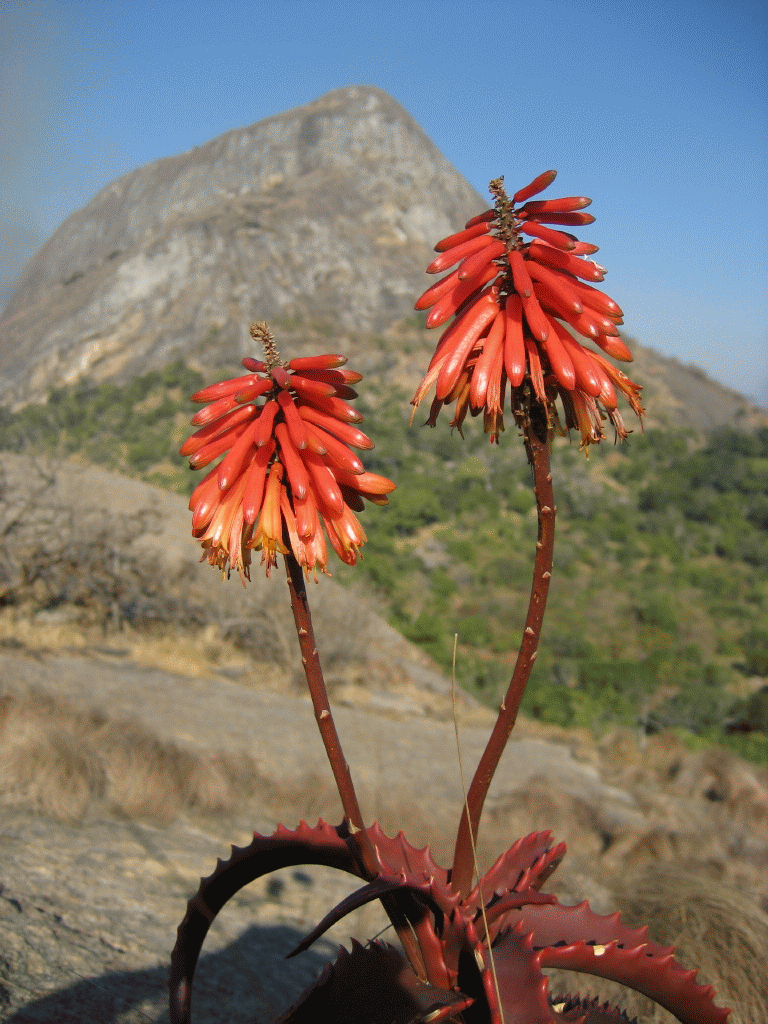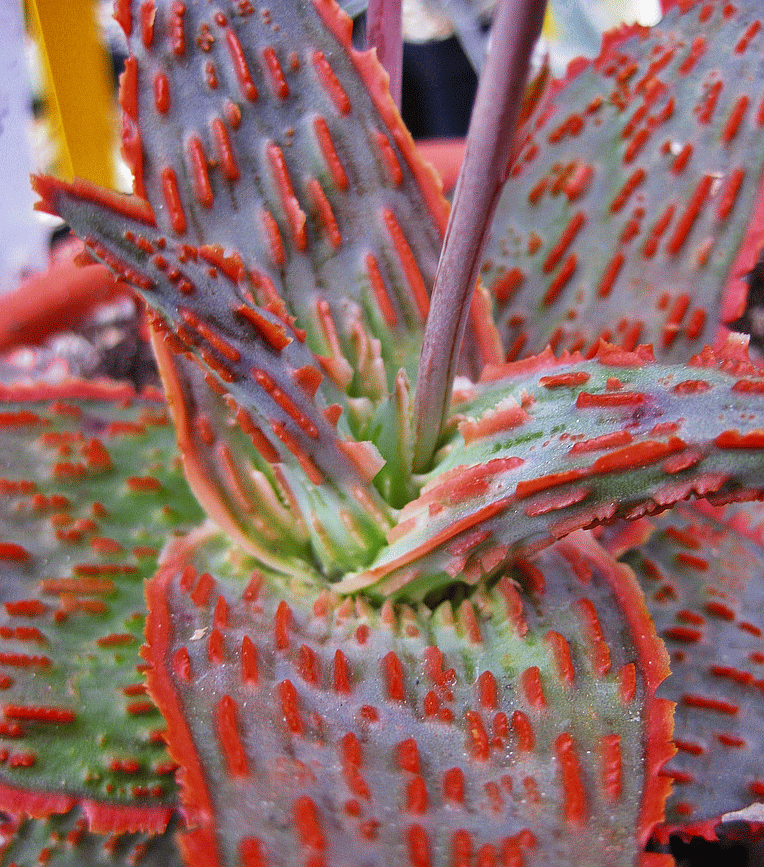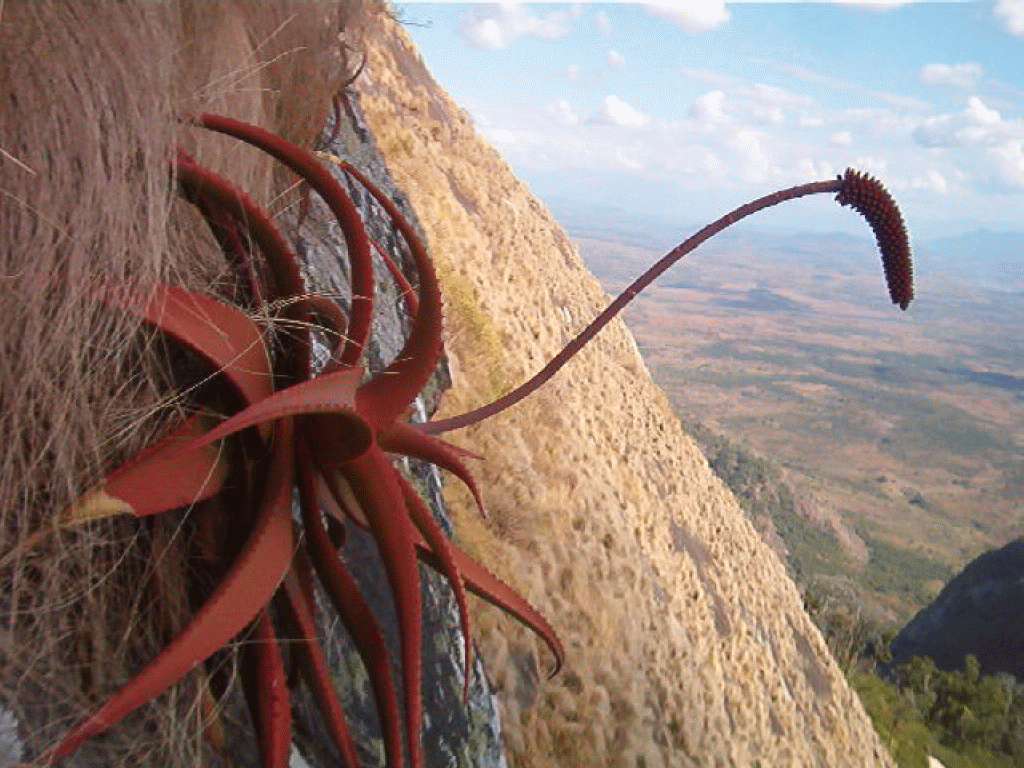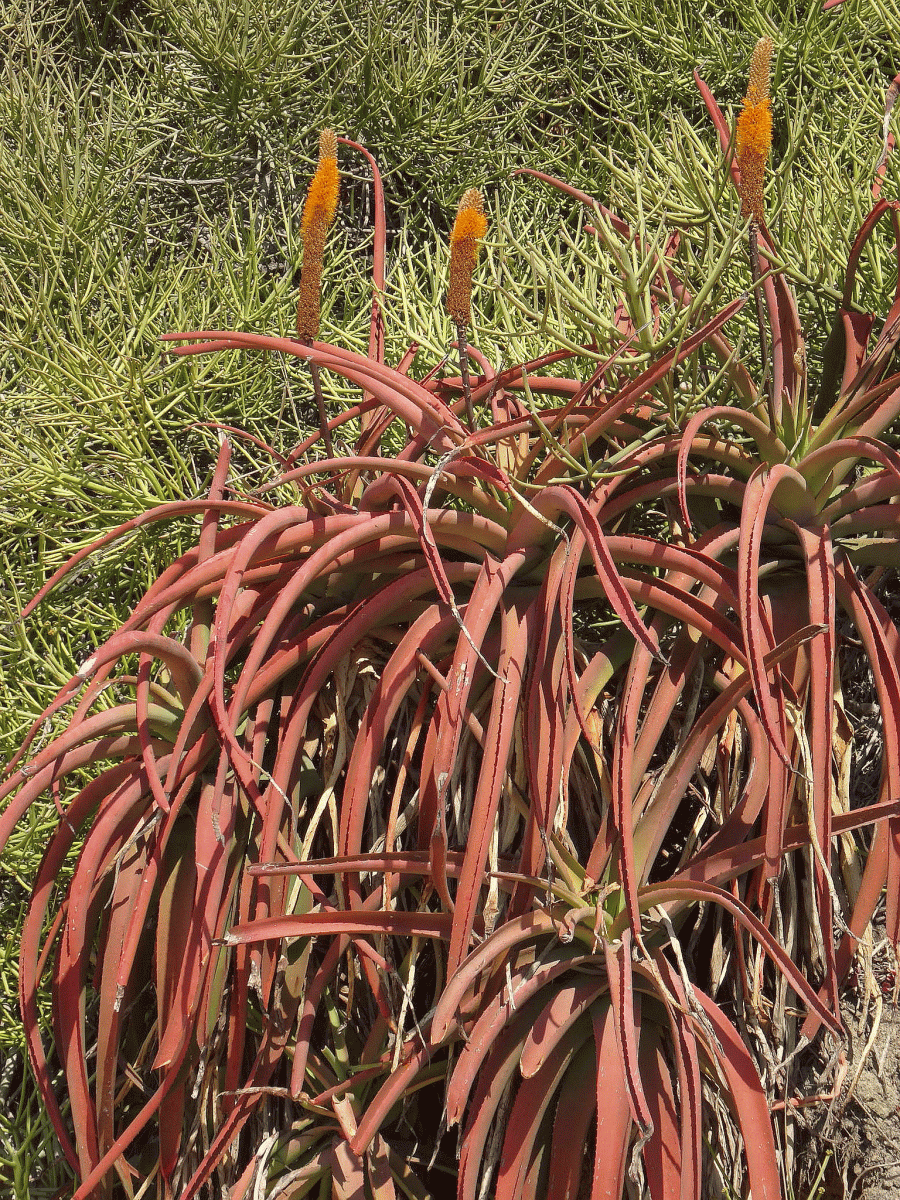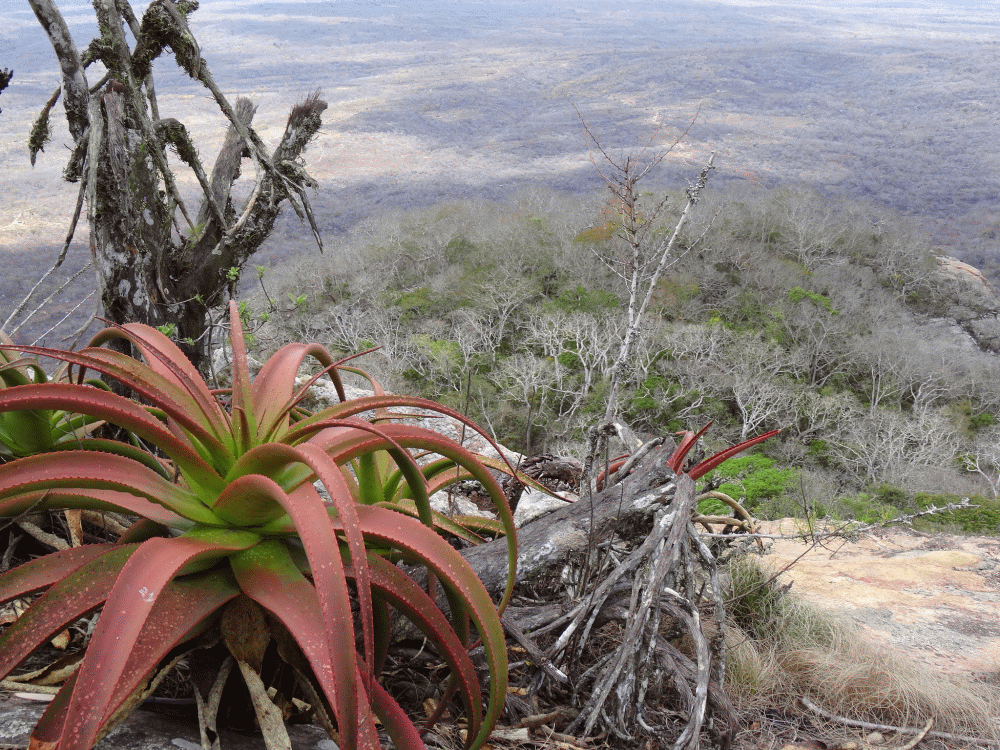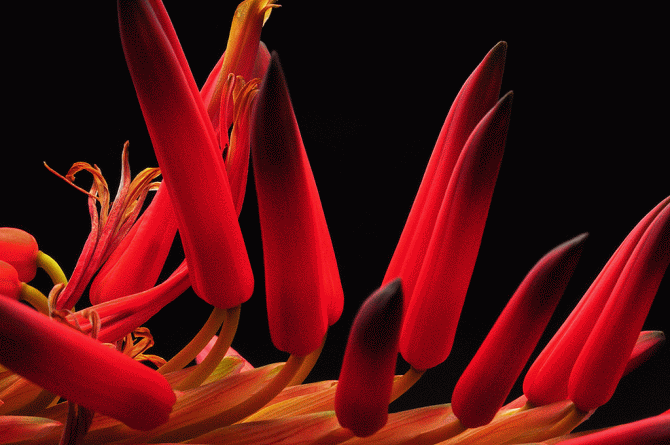(Photograph = Aloe flowers, Quinn Dombrowsky)
Introduction
Aloes are members of the Aloaceae family along with Haworthias, Bulbines, and Gasterias. Like essentially all members of the family, Aloes are succulent plants that can withstand periods of great drought. Though the leaves are typically green or blue-green, Aloes leaves are often red, brownish, or orange during stress.
The Details
Aloes extend from the southern tip of Africa to Nigeria, Madagascar, Yemen and Saudi Arabia. These Old World plants comprise a diverse group. Likely there are many more than 500 species as well as hundreds of garden varieties.
Aloes may ramble vines like or form shrubs. They can be grass like or form large trees. Aloes may be just a few inches tall or several meters tall. Aloes grow in arid regions: veldts, grasslands, rocky soils, hardpans, and even cliff faces. A few Aloes from high elevations are reasonably cold tolerant and can survive 20F.
The flowers of Aloes serve as magnets for many birds because of the red colors and tubular forms. Sunbirds are especially known for visiting Aloes. Aloes may provide the only source of moisture for insects that consume the nectar.
Though Aloes are widespread around the African Continent, individual species often occur in small areas and are endangered. Most or all Aloe species are protected by the Convention on International Trade in Endangered
Species of Wild Fauna and Flora (CITES), and international trade is prohibited or limited.
Additional Reading: Aloe Scientific Primer

